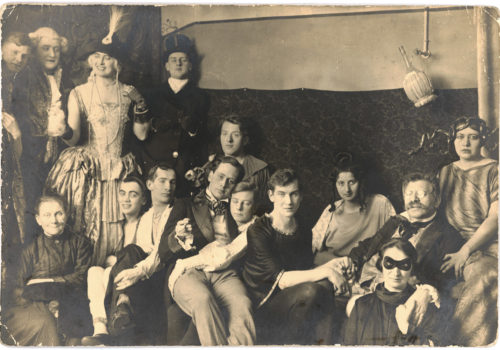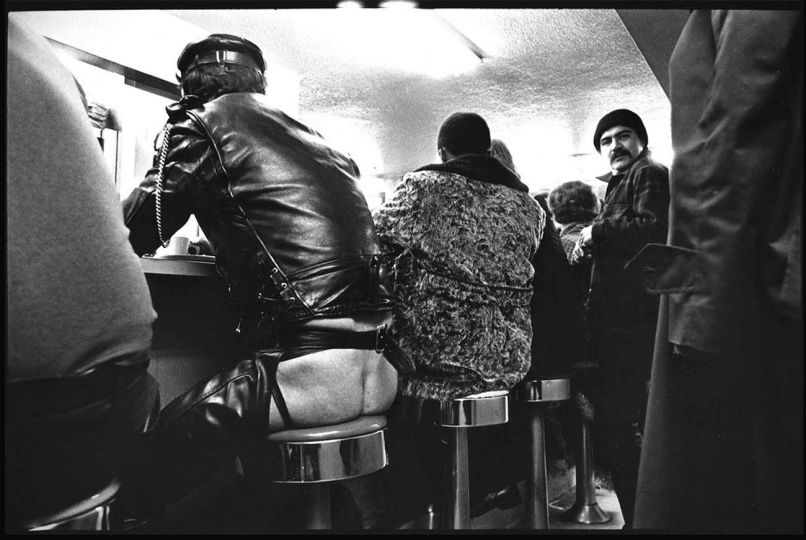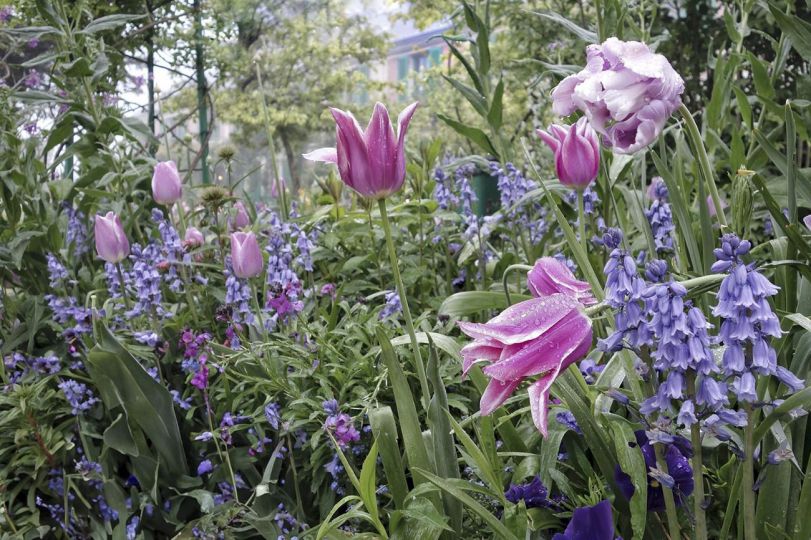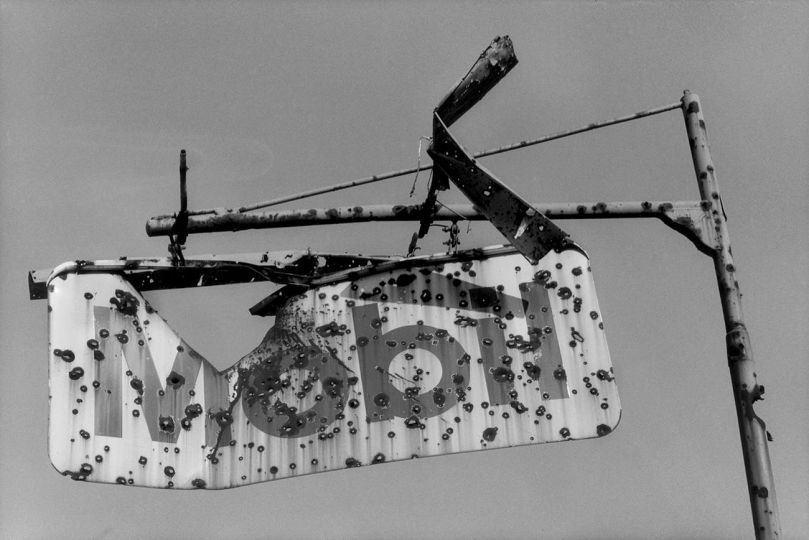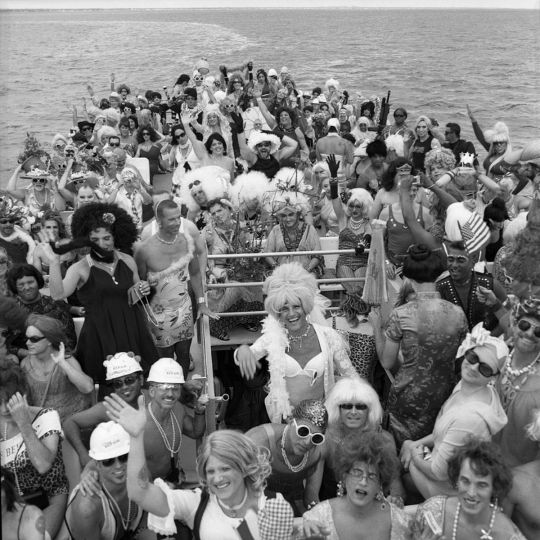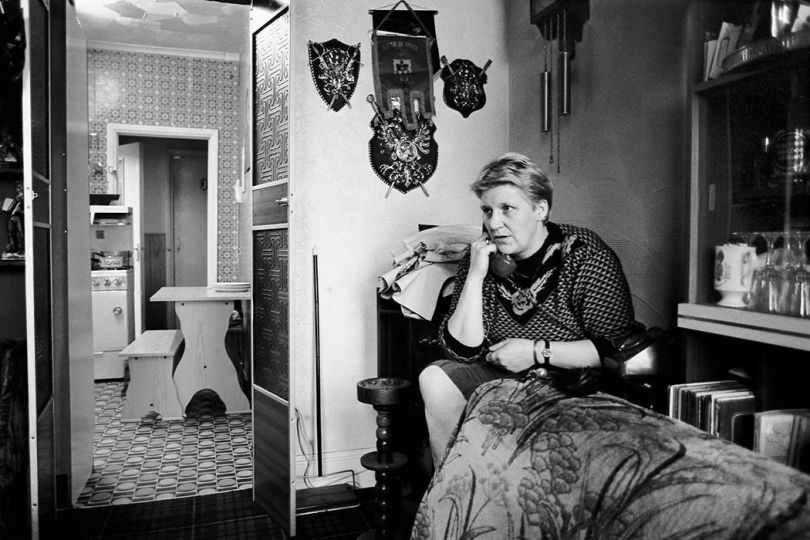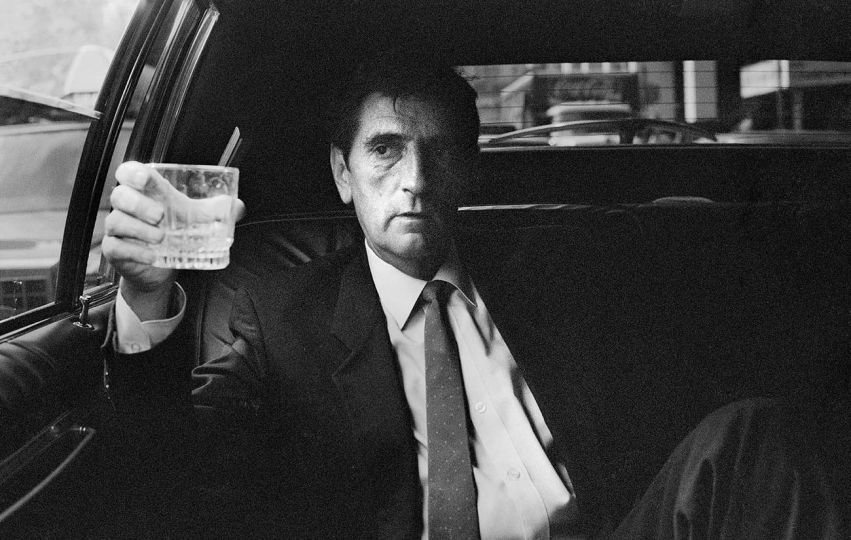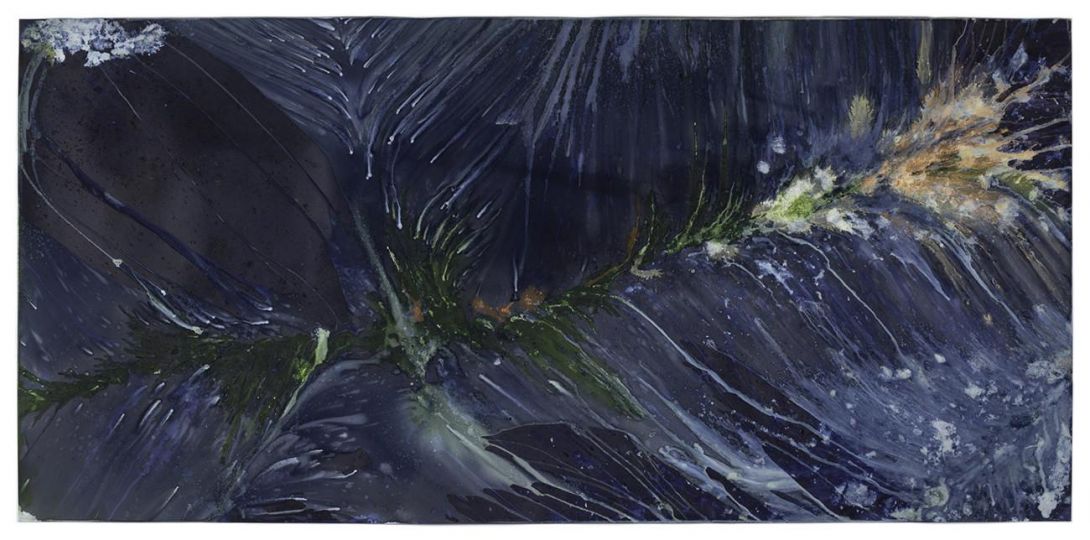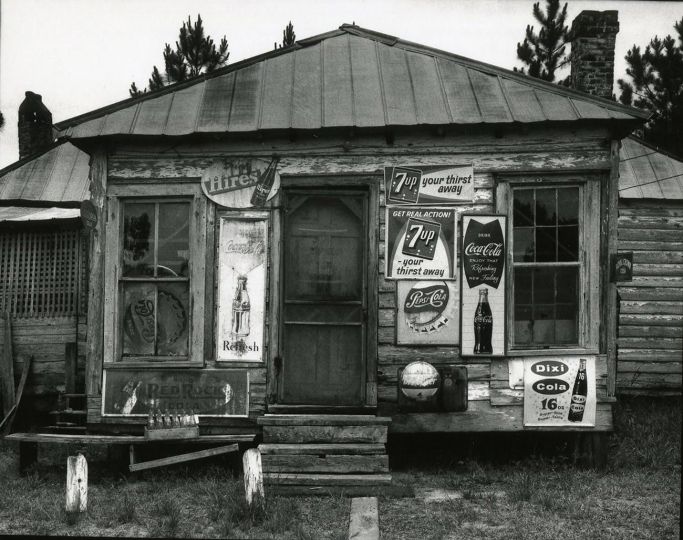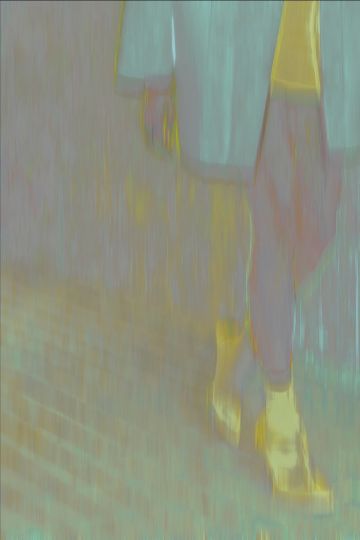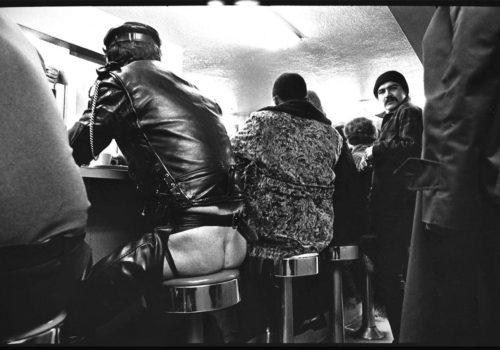In 2021, for the first time in France, a history museum retraces chronologically and thematically the history of the persecution of homosexuals and lesbians under the Third Reich, based on a rich selection of documents, most of which have never been presented in France.
Long taboo, the fate of the “pink triangles”, although it has been the subject of leading historical research for some thirty years, is still unknown to the general public. In the aftermath of World War II, few gay men and women witnessed their fate under the Nazi regime. In Germany, they were denied the status of victims, in particular because of paragraph 175 of the German Criminal Code, criminalizing sexual relations between men, which remained in force after 1945.
It was only thanks to the gay and lesbian liberation movement of the 1970s that the subject began to be debated, raising many questions, constituting so many memorial issues: what was the nature of the persecutions? How many people were affected? Were all homosexuals targeted? What was the fate of lesbians? What were the areas affected by the repression, especially in France? How to honor the memory of victims ?
Based on a variety of documents, most of them never presented in France, this exhibition proposes to answer these multiple questions by placing the persecution of homosexual women and men under the Nazi regime in a broad geographical framework – even if the Germany and France will be privileged – and in the long term.
If the beginning of the 20th century saw the blossoming of a homosexual subculture in the great European capitals (such as Berlin and Paris) and the birth of the first militant movements, homophobic prejudices, relayed in particular by religious and medical discourse, were strongly entrenched and many countries penalized male homosexuality – more rarely female. The Nazi discourse took root on this fertile ground, before finding its concretization in the establishment of an increasingly radical and prolific repressive system.
Homosexual women and men have experienced heterogeneous destinies. Some chose exile, others led a double life. Of the nearly 100,000 homosexuals registered by the regime, around 50,000 were convicted; between 5,000 and 15,000 were sent to a concentration camp, where most perished, although their fate could vary considerably depending on the camp itself, but also on their date of internment. Lesbians, on the other hand, remained outside the scope of the law, except in certain territories, such as Austria, and some were deported as “asocial” or “communists”. Paragraph 175 only applied to nationals of the Reich, Germans and inhabitants of annexed territories, such as Alsace-Moselle. From then on, the fate of homosexuals in countries allied to or occupied by Germany, such as Italy, may have differed markedly.
Life courses will allow us to grasp these questions in all their complexity, while homosexual women and men were also, depending on the case, Jews, resistance fighters, even sympathizers of the Nazi regime. A section will report on the slow process of recognition, from the projects of monuments and plaques in memory of the victims, which have multiplied since the 1980s, to institutional measures, which have triggered a process of rehabilitation and compensation. of these.
A series of conferences, as an extension of the exhibition, will explore these different themes.
“A memory issue, the fate of the“ pink triangles ”has long been invisible. This exhibition intends to take into account, thanks to numerous original documents, the fate of homosexuals and lesbians under the Nazi regime, between stigmatization, persecution and the struggle for recognition. ” – Florence TAMAGNE, scientific curator of the Mistress of Lectures in Contemporary History exhibition at the University of Lille, Homosexual history specialist
Gays and Lesbians in Nazi Europe
from June 17, 2021 to February 22, 2022
Shoah Memorial
17, rue Geoffroy – 1’Asnier
Paris 4th

